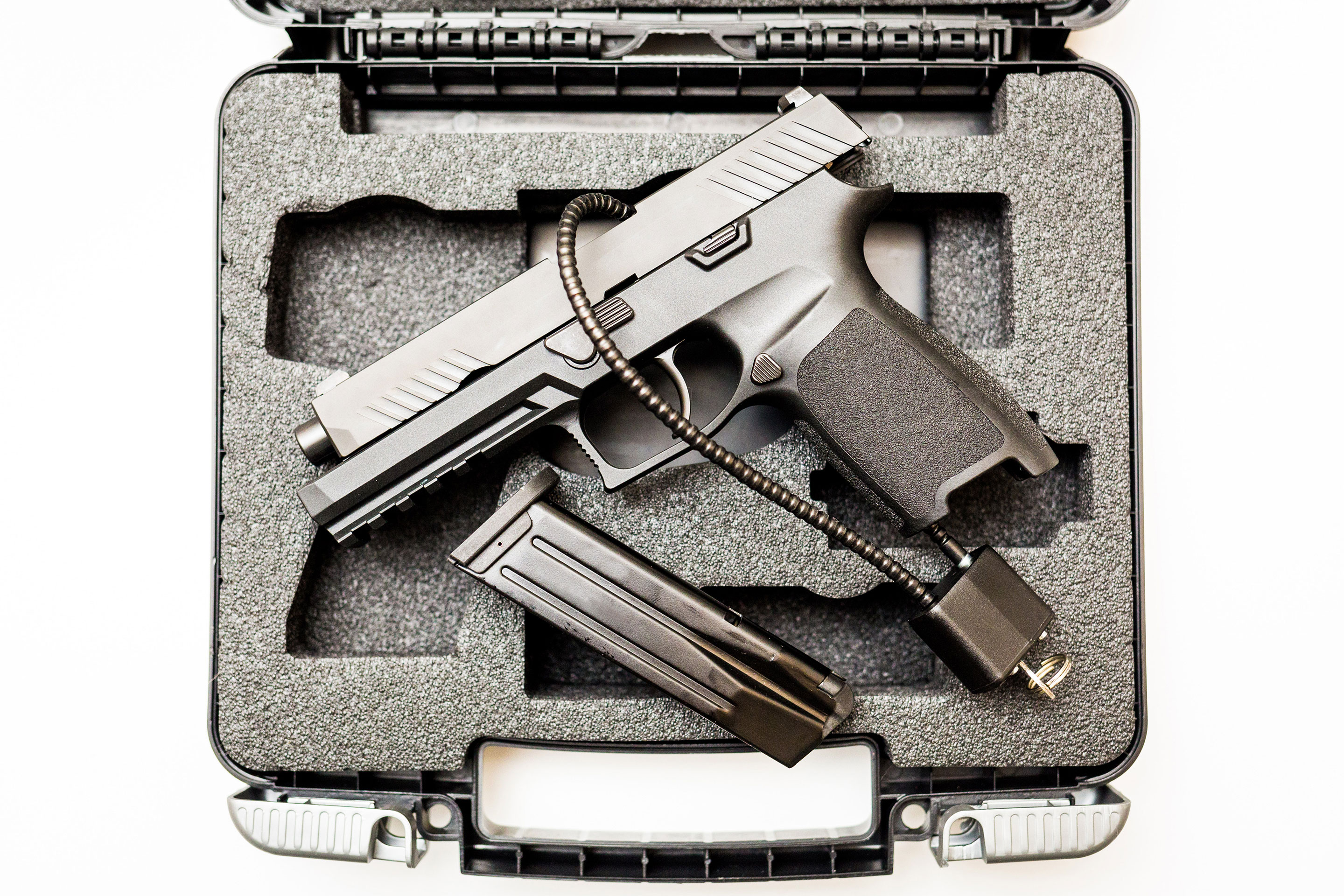
There are several subgroups of firearm owners, but despite their differences, these groups generally view family, law enforcement and suicide prevention specialists but not gun dealers or the National Rifle Association (NRA) as credible sources of information on safe firearm storage, according to a new Rutgers study.
This study found that firearm owners are a heterogenous group, they own different types of firearms, own for varying reasons and have different levels of risk for suicide. “It’s important to understand these differences so we can have conversations around safe firearm storage be more individualized and relevant to different firearm owners. Prioritizing voices, like their family members and law enforcement officers, who they trust to discuss safe firearm storage can help increase safe storage,” said lead author Allie Bond, a researcher at the New Jersey Gun Violence Research Center based at Rutgers.
The study, published in the journal Suicide and Life-Threatening Behavior, found that firearm owners can be divided into a number of subgroups that vary by the number and type of their firearms, how those firearms are stored, their racial or ethnic background and their history of suicidal thoughts.
Firearms account for 51 percent of suicide deaths and are the most lethal method, with an 85 percent to 95 percent fatality rate, according to the Centers for Disease Control and Prevention. Firearm safety measures, such as safe storage, can decrease the risk for several gun violence-related outcomes, including death by suicide, firearm theft, and situations in which children access a firearm and unintentionally shoot themselves or someone else.
Using a sample of 1,018 firearm owners from across the United States and a second sample of 1,064 firearm owners from Mississippi, Minnesota and New Jersey, the study examined how best to characterize different subgroups of firearm owners and who these various subgroups trust to speak about safe firearm storage.
In the national sample, they found:
- Owners with two to four firearms owned all types of firearms and were more likely to use two or more locking devices.
- Owners with one shotgun or rifle were less likely to be from a racial/ethnic minority group and had high threat sensitivity.
- Owners with five or more firearms and owned all types of firearms and were less likely to store their handguns loaded and more likely to experience lifetime thoughts of suicide.
- Owners who owned one handgun were more likely to identify as Black.
In the second sample, they found:
- Owners with five or more firearms and owned all types of firearms and were predominately White.
- Owners who owned one handgun and were more likely to identify as Black.
- Owners who owned a mixture of number and types of firearms had the highest rates of lifetime suicidal ideation.
Although these groups differed from one another in important ways, there was substantial consistency in how they ranked potential sources for information on safe firearm storage. Family members, law enforcement, suicide prevention groups and past or current military personnel were almost universally seen as credible, whereas celebrities, firearm retailers, the NRA and the National Shooting Sports Foundation were generally ranked as less credible.
“Our findings show that there are several different communities of firearm owners who differ from one another in important ways. This means that if we want to reach all firearm owners with messages about safe firearm storage, we need to make sure different perspectives are considered or we will fail to connect with everyone we need to reach,” said Bond.


Leave a Reply